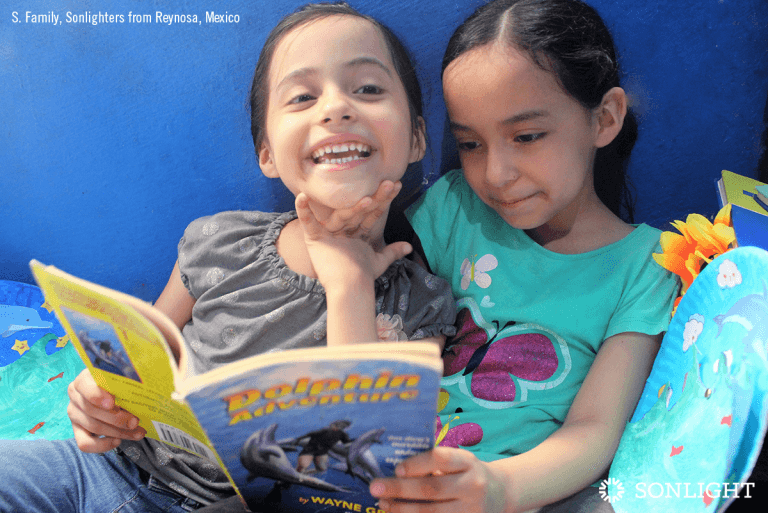
As we progress through HBL A, I’ve been creating a series of activities to go along with each of the Read-Alouds. Although I’ve never been a very crafty parent, I find myself wanting to get involved with these extension projects! Here are my ideas, chapter by chapter, for Dolphin Adventure by Wayne Grover, culminating in a jumping dolphin craft made from paper plates.
A Special Day: Chapter 1
The story starts with pelicans looking for food along the shore. Depending on where you live, your children might like feeding the birds. My girls loved feeding the ducks around a pond near our house; you can also feed birds around the ocean or even in your backyard. While you are feeding the birds, you might wish to discuss why we must pick up trash around the area to protect the birds and other animals from eating things that might harm them and to keep trash from polluting our water and harming animals such as dolphins.
The author takes a boat trip to go deep sea diving. My husband has a great ability to make paper boats out of newspaper, so I handed him some paper! They spent the next hour folding paper to make their own boats which we later floated in a large tub of water outside.
During reading time, one of my girls asked how the Gulf Stream pushed people around in the ocean underwater. To quickly illustrate how this worked, we added a hose to our tub of water with the boats in it and practiced pushing them around with the hose water until they started to fall apart. Then we practiced using the water to push other things around underneath the water such as small pebbles and toys.
Down Into the Blue Sea: Chapter 2
The book progresses into a lovely bit of description of life under the sea. We did a bit of “deep sea diving” ourselves by getting snorkels, flippers, and plastic fish we used when we mapped Wild Island from My Father's Dragon and explored the fish underwater in the bathtub. Later we took them outside and practiced moving them around with our “ocean currents” hose.
We then visited a pet store to watch different types of fish swimming around. The pet store owner did allow my girls to help sprinkle a bit of food for them after they asked politely. If you have an aquarium nearby (or even Sea World) you might consider looking at bigger fish or even dolphins.
A Strange Feeling: Chapter 3
We didn’t make a float ball as described in this chapter but we did go out to our over-sized tub of water and drop in a dozen or so assorted items to see which ones would float and which wouldn't. We found out that one of the items that floated was a wiffle ball, so I tied a pieces of string to it and then tied the other end to one of our ocean animals. I had my girls take turns closing their eyes and then finding the ball. Then they tried finding their way to the end of it and finding the animal by feeling along the string.
We then did a quick online search and watched a few videos about dolphins and how they speak to each other, including what the clicks sound like.
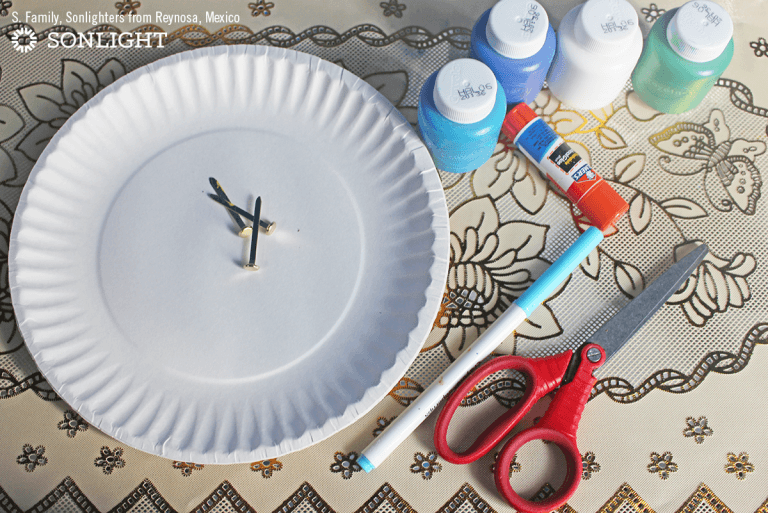
The Dolphins: Chapter 4
I had run out of ideas in this chapter but happened to have a set of dolphin stickers and a tiny 3" x 5” notebook. My girls came up with the idea to compose and illustrate a story about a baby dolphin and his parents with the stickers and blank book.
I Try To Help: Chapter 5
In this chapter, the baby dolphin and his family try to communicate with the author. As a parallel, we practiced the bit of sign language we knew. Then I had my girls pretend they were dolphins and act out ways they could convey different messages without speaking or using their arms.
During their bath later that evening, my girls took turns trying to see how long they could hold their breath like dolphins.
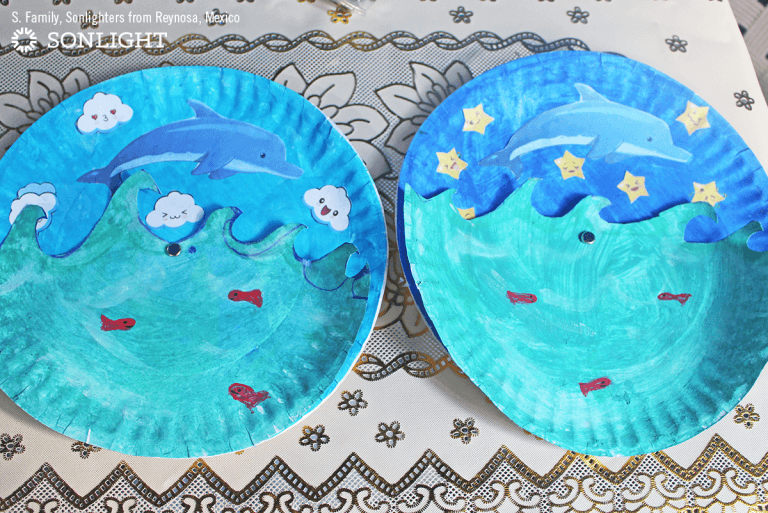
Surgery on the Seafloor: Chapter 6
This chapter was a bit hard for my girls. They don’t like to see anyone hurting. But in order to save the dolphin, he had to be fixed. This seemed like a good time for role play. We used felt dolls and a dull-tipped plastic needle with yarn. We practiced gently stitching up places their dolls were hurt. Later we were able to remove the stitches and see that they were healed although the stitching did leave a little scar behind.
If dolls don’t interest your children, you might consider using lacing activities or sewing cards.
The Dolphin’s Thanks: Chapter 7
I truly had run out of ideas by this chapter, but my oldest daughter came to my rescue by suggesting we make models of dolphins with a lump of blue clay. I then looked up pictures online while we pointed out dolphin anatomy:
- the blowhole for breathing
- the gills
- the flippers
- the fins
- the tail
My girls then insisted on reworking their dolphin creations to show more of those areas.
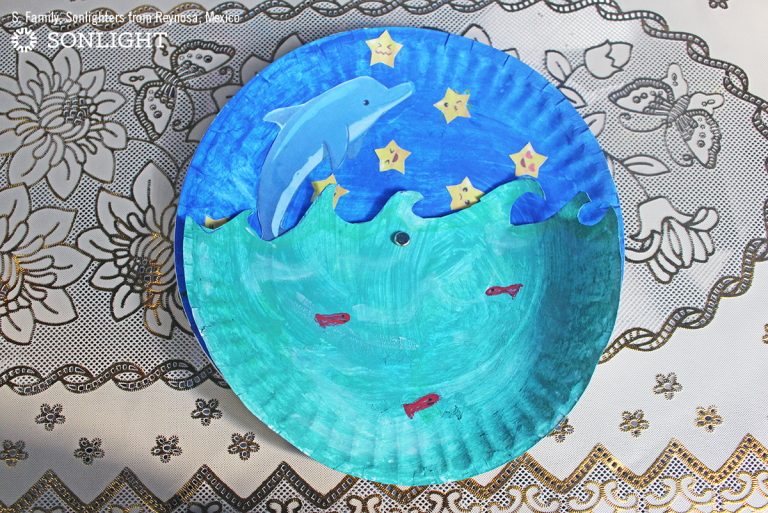
The Dolphins Return: Chapter 8
As we said concluded Dolphin Adventure, our final project was a craft of dolphins who could jump out of the water and say goodbye to us.
Supplies for Jumping Dolphin Craft
- 2 paper plates
- paint
- paint brushes
- construction paper
- paper fasteners
Directions for Jumping Dolphin Craft
Leaving one paper plate whole, we cut the other plate about into 2 pieces—one measuring about ⅓ of the height of the plate, leaving the other at ⅔ of the height. Using the larger portion, we cut waves into the flat plane where we cut. We painted both plates in different shades of ocean blue using our paintbrushes. Using construction paper of each girls’ color choice, we cut out a dolphin shape for each child.
Once the paint was dry, we glued our dolphins to the larger plate. When the dolphin was also dry, we placed the smaller plate over the larger plate and fastened it in the middle using our paper fastener. Now our dolphin could spin, and we could watch him jump in and out of the waves.
After the Story
We also watched a few ocean-related movies for kids, including Flipper, Free Willy, and Finding Nemo. The sequel to Dolphin Adventure is scheduled later in this same HBL, so we have that to look forward to!
To find out more about Sonlight's unmatched Read-Alouds, and our complete book-based homeschool programs, order a complimentary copy of your catalog today.





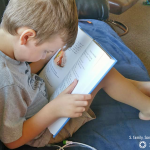


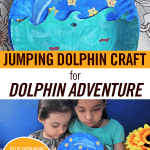
I love this craft.